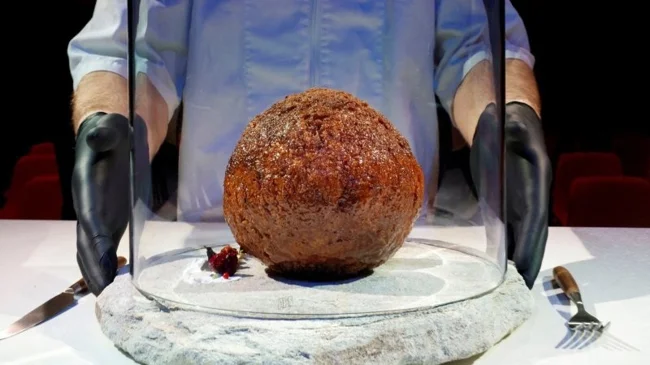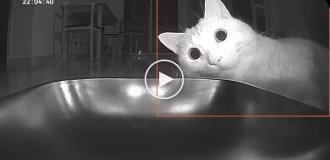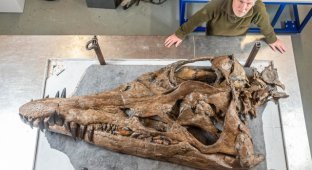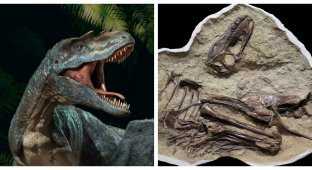A bag made of a dinosaur: scientists create Tyrannosaurus skin to make things (5 photos + 1 video)
A British company has announced the creation of T. Rex skin made from the DNA of the ancient reptile. Perhaps one day we will wear bags and jackets made from T. rex skin, or ride in cars with seats made from the same material. Scientists will “combine creative ideas, genomic engineering and advanced tissue engineering techniques to create sustainable luxury materials from prehistoric species.” 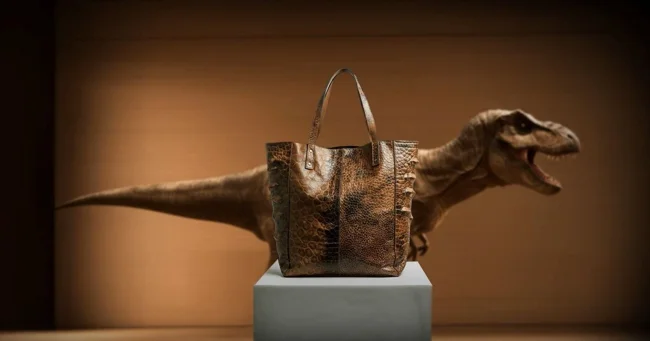
The project builds on previous research that isolated a collagen fragment from a T. rex found in Montana in 1988. At the time of its discovery, the specimen was one of the most complete, and even contained preserved blood proteins.
The Organoid Company, Lab-Grown Leather Ltd and creative agency VML are already working on the development at the Newcastle lab. 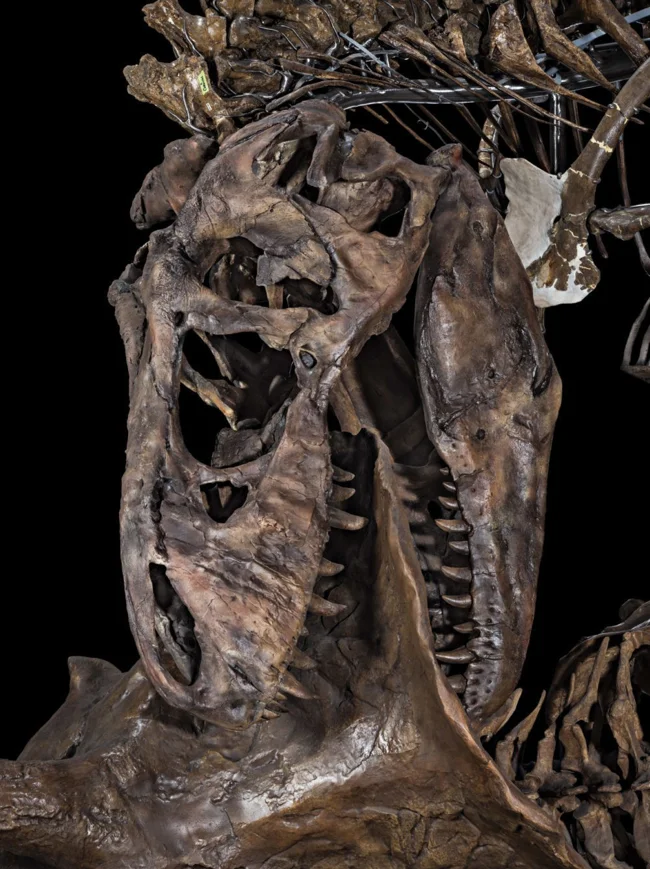
A T. Rex fossil found in 1988 in Montana (pictured at the Smithsonian Museum of Natural History)
Thomas Mitchell, CEO of The Organoid Company, said: “This project demonstrates how modern genomic and protein technologies can create new materials. We can reconstruct and optimize ancient protein sequences to create T. rex skin.”
Bas Corsten, creative director of VML, said: “We are using the biology of the past to create luxury materials of the future.” 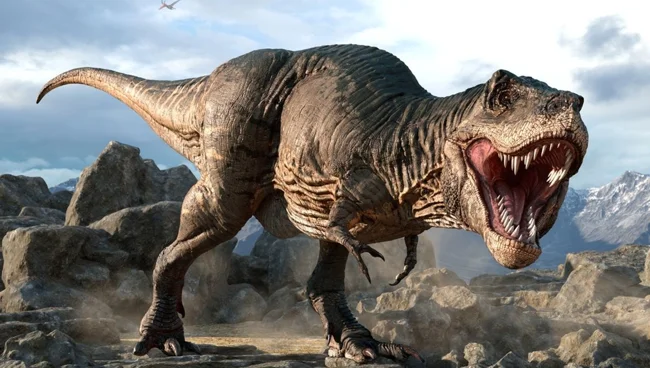
According to the team, their project has serious environmental and ethical aspects. Traditional leather production leads to the deforestation of large tracts of forest. In addition, some tanning processes use harmful chemicals such as chromium, which pollutes the environment. 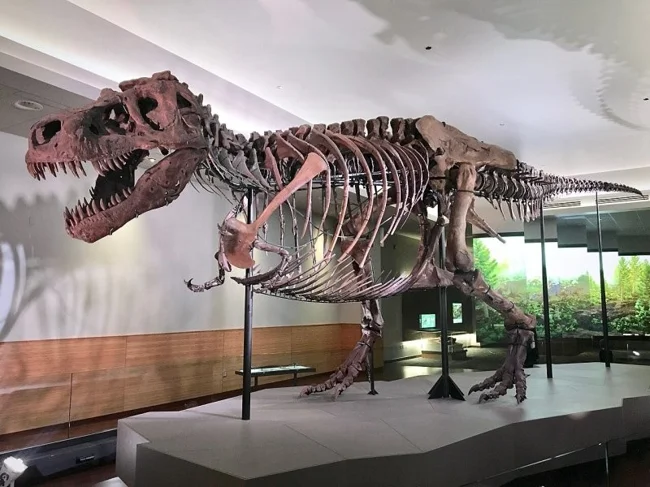
Sue is the most complete T-Rex skeleton ever found (at the Field Museum of Natural History in Chicago)
The new technology promises to significantly reduce the ecological footprint, as well as eliminate animal cruelty.
The company plans to release the first accessory by the end of 2025.
The developers are confident that the success of their product will significantly increase production volumes. This will open up new opportunities for their business in various industries, including the automotive industry.
"The material is completely biodegradable. At the same time, it retains strength and repairability. This is a sustainable and ethical alternative for future generations of consumers."
Tyrannosaurus Rex Bite Force
In 2023, scientists managed to grow mammoth flesh in the lab to make a prehistoric meatball. Australian company Vow intends to convince meat eaters to switch from traditional animal protein to cultured meat.
Experts took the DNA sequence from mammoth protein and filled in the gaps with the code of an elephant, the closest relative of this species. They did not try the “very tasty” delicacy, fearing that the ancient protein could be deadly.
